Since its inception in 1999, the Best of Sensors Expo Awards has aimed to identify those new products (on display at Sensors Expo) that we think offer the best combination of clever engineering, utility, and the potential to change how people work.
Judging Criteria
Nominated products must be commercially available between June 11, 2007 and June 10, 2008. The judges (Melanie Martella, Executive Editor of Sensors; Deb Lickness of John Deere; and Ed Ramsden, Sensors Editorial Advisory Board member and sensor industry expert) reviewed the nominations to identify those products that we believe meet our criteria of distinctiveness, potential impact, and application (meeting a real need). In addition to the long-standing trends of shrinking size and increased integration, one of the additional trends you can see in this year's winners is ease of use.
Gold Award Winners
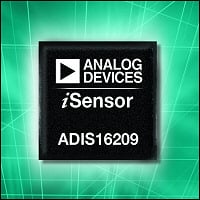 Figure 1. Analog Device's ADIS16209 digital inclinometer |
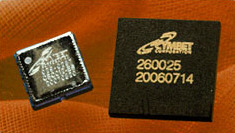 Figure 2. Cymbet's EnerChip thin-film battery |
The Slice and Slice Nano (Figure 3) from Diversified Technical Systems are tiny yet feature-packed DA systems that promise to open up new applications for data acquisition. Within a 25 by 25 mm footprint, the systems use a Base Slice (containing the microprocessor, up to 8 GB of flash memory, USB communications, and other functions) to which are added various sensor and sensor interface slices. There's even a ZigBee slice if you want to add wireless communications. We were wowed by the combination of small size, extensive functionality, sampling up to 1 MHz/channel, and the ability to withstand up to 50,000 G.
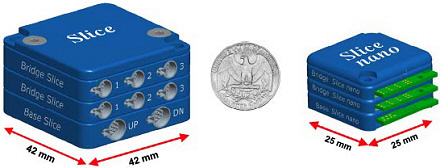 Figure 3. The Slice and Slice Nano DA systems from DTS |
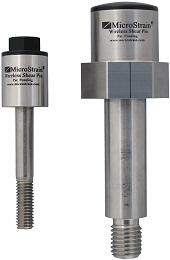 Figure 4. MicroStrain's Shear-Link wireless shear pin |
Silver Award Winners
PhyNet v3.0 (Figure 5) from Arch Rock adds tiered networking to wireless sensor networks (WSNs), improving both their robustness and easing their integration into existing IP-based enterprise networks. Nodes talk to PhyNet Routers which in turn communicate with PhyNet Servers, seamlessly transporting sensor data from the field to an existing LAN or WAN. The PhyNet Router allows users to place server-based sensor applications away from harsh environments experienced by the sensor nodes in the field; using multiple routers provides redundant communications. The PhyNet Server manages collections of WSNs and translates embedded sensor applications into Web services. Because the system uses Arch Rock's IP-based WSN architecture, it eases the integration of sensor data into the enterprise, which we found both impressive and useful.
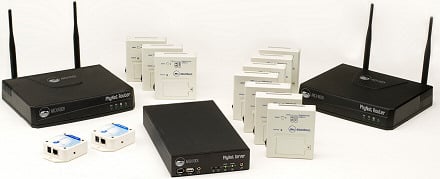 Figure 5. Arch Rock's PhyNet v3.0 tiered WSN system |
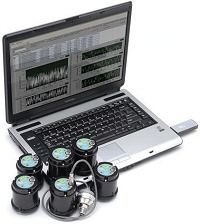 Figure 6. KCF Technologies' WSK100 wireless sensor kit |
The Model D6F-P (Figure 7) from Omron Electronic Components is a MEMS flow
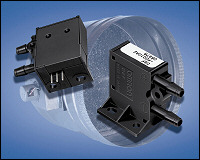 Figure 7. Omron's Model D6F-P flow sensor |
Solidica's Solo Volt battery health monitor (Figure 8) is battery agnostic, can monitor voltage, current, temperature, state of charge, and life remaining on up to six batteries at once, and incorporates communications and data storage. Solidica has made a name for itself by providing rugged, heavily integrated sensor systems that meet real-world needs. The Solo Volt is another example of this, with a truly impressive combination of features, not least of which is its ability to work with multiple types of batteries simultaneously. As batteries are used for more systems, including for vehicles, monitoring battery health is more important.
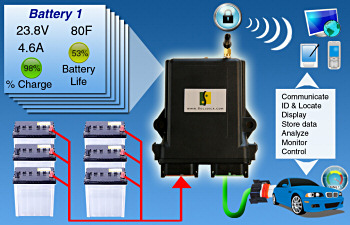 Figure 8. Solidica's Solo Volt battery health monitor |
Bronze Award Winners
The MeshScape 5 (Figure 9) wireless sensor networking platform from Millennial Net impressed the judges with its robustness, scalability, and its optimization for process and industrial environments.
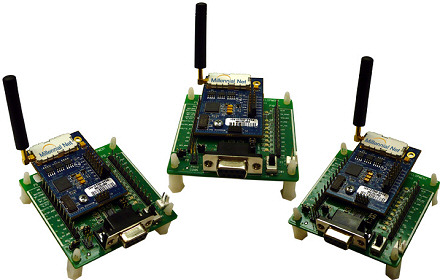 Figure 9. Millennial Net's MeshScape 5 WSN system |
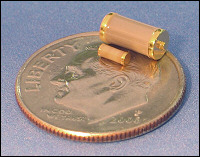 Figure 10. SignalQuest's SQ-MIN tilt sensor |
Sporian Microsystems' AssetOverseer triaxial high-G accelerometers (Figure 11) draw mere <15 µA supply current and require no external amplification. With ranges of ±200 G, ±500 G, and ±1000 G and a frequency response from 2–2000 Hz, the devices are designed for a range of industrial automation, process control, and testing applications. We were blown away by the sensors' tiny supply voltage, easily the smallest we've ever seen.
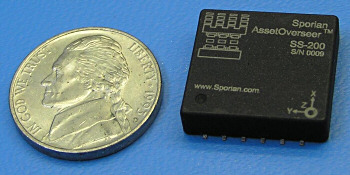 Figure 11. Sporian Microsystems' AssetOverseer triaxial accelerometer |
Honorable Mentions
Finally, there are always a couple of products that we judges want to recognize in addition to our award winners. The first of our honorable mentions goes to Endevco Corp. for its Model 67 accelerometer (Figure 12) that operates in temperatures up to a very impressive 175°C. Our second honorable mention goes to MeshNetics for its ZigBit Amp (Figure 13) 802.15.4/ZigBee low-power module that provides a LOS range of up to 2.5 miles. Millennial Net wins an honorable mention for its Wi-Stat II (Figure 14) wireless thermostat that is designed to work with existing HVAC networks to improve energy use and monitoring.
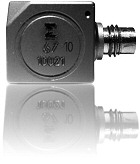 Figure 12. Endevco's Model 67 high-temperature accelerometer |  Figure 13. MeshNetics' ZigBit AMP low-power wireless radio module | 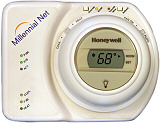 Figure 14. Millennial Net's Wi-Stat II wireless thermostat |
